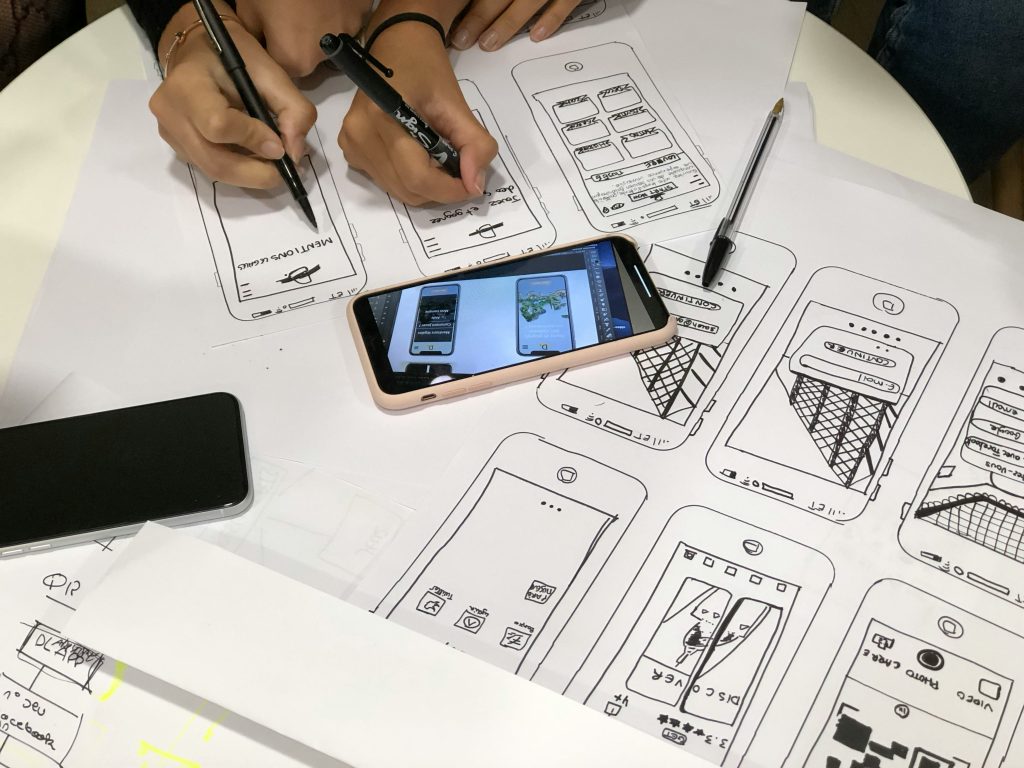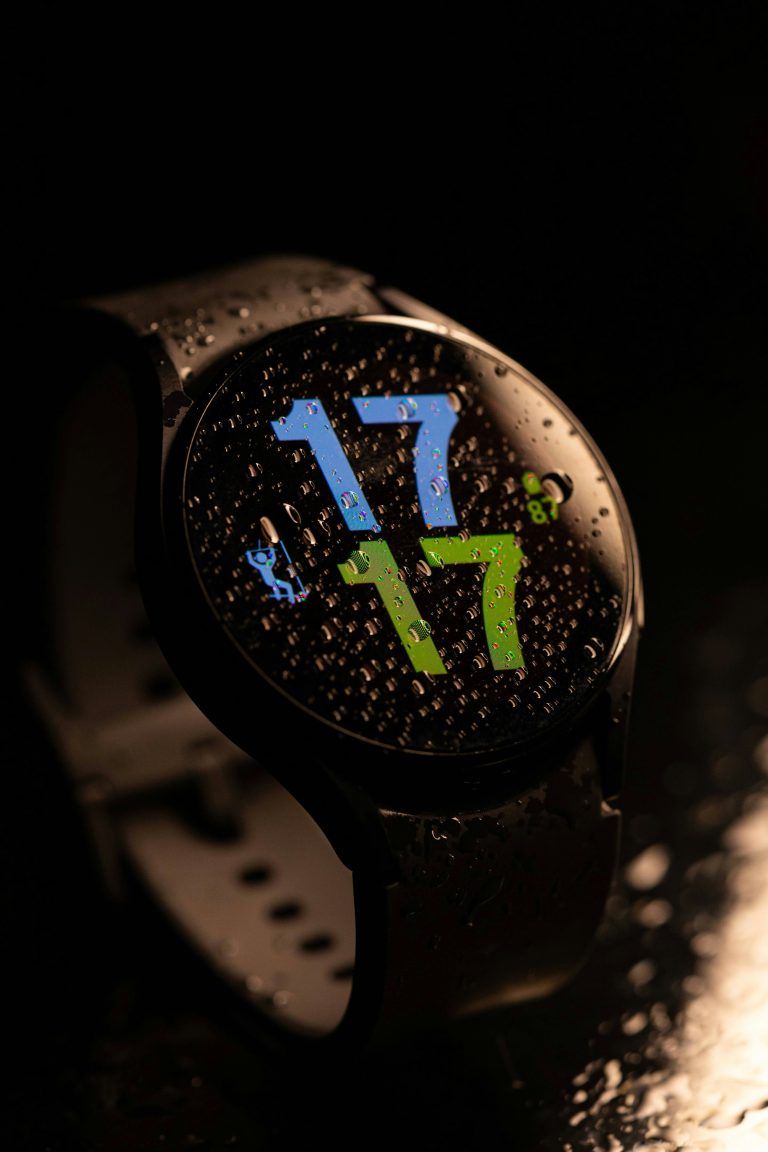Tech Addiction: Can We Design Apps That Actually Protect Our Time?
2 The Problem: Attention as Currency
Apps today are built on an “attention economy” model:
1 The longer you stay, the more ads they serve
2 Engagement = profit
3 Infinite scrolls, auto play, and FOMO loops keep you locked in
It’s not just annoying—it affects mental health, productivity, sleep, and relationships.
3 What Is “Humane Tech”?
Humane tech is a movement to create technology that aligns with human well-being, not just screen time.
Key principles:
1 Time well spent > time consumed
2 User empowerment > user manipulation
3 Focus > fragmentation

4 Designing Apps That Respect Your Time: What’s Working in 2025
5 Time-Aware Interfaces
Apps are now experimenting with:
1 Usage caps and timers that actually work (not just warn you)
2 Progress bars that show how much time is left in your session
3 “Are you sure?” prompts after excessive use, nudging you to take a break
Example: Some streaming and social apps now blur the screen after too much continuous use.
6 Default Mindful Modes
Apps are starting to ship with:
1 Default “focus-first” interfaces (no auto play, limited notifications)
2 Weekly digital wellness reports with action prompts
3 Quiet hours built-in (no late-night pings, unless you opt in)
Big move: iOS and Android now let users schedule “Focus Profiles” with custom app permissions and interface changes.
7 Gamifying Disconnection
Yes—using gamification to reduce usage:
1 Apps like Forest and One Sec reward you for staying off your phone
2 Productivity tools use “streaks” for digital detox goals
3 Social media platforms are testing “pause to post” features to reduce impulsivity

8 Social Transparency
Platforms are slowly embracing:
1 “You’ve seen it all” notifications to stop endless scrolling
2 Optional feed limits
3 Unbundled features (e.g., messaging without feed access)
This keeps you connected without being pulled into a time vortex.
9 User-Led Design + Regulation
Pressure is building from:
1 Digital wellness advocates
2 Parents and educators
3 Government regulators calling for ethical UX design and algorithm transparency
In 2025, some countries are proposing “Time Integrity Ratings”—like nutrition labels, but for apps.
10 What You Can Do Right Now
1 Audit your screen time: See where your hours go
2 Delete or hide apps that don’t serve you
3 Use “focus modes” and app blockers
4 Replace passive apps with active ones (e.g., journaling, fitness, learning)
Final Thought
The tools we use shape our habits, thoughts, and even values. Designing tech that protects our time is not just possible—it’s already happening. As users demand more mindful digital spaces, the industry is being forced to rethink its metrics of success.






